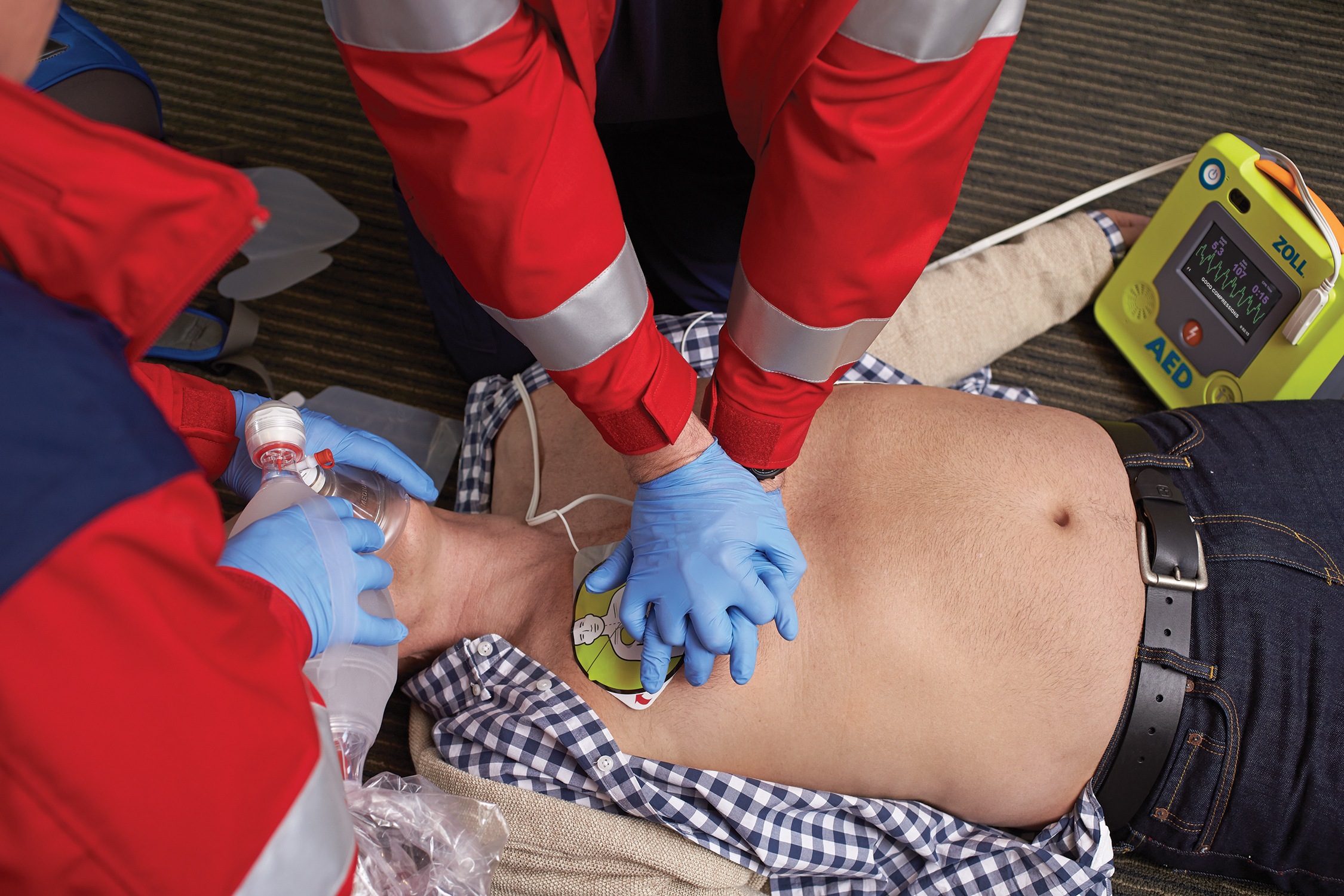
Resuscitation, 5 interesting facts about the AED: what you need to know about the automatic external defibrillator
It is found that there are some concerns and uncertainties on the use of AED. This article aims to address some valuable facts about this life-saving device
What is an AED
An Automatic External Defibrillator (AED) is a portable, lightweight device used to administer a shock to a person having a cardiac arrest.
This device is reliable, versatile, and are designed to use by professionals as well as bystanders.
AED devices are programmed to detect a person’s heart rhythm and whether it requires intervention.
It includes automatic visual and voice directions that guide the user when to give an electric shock.
The process of providing an electrical shock to restart a person’s heart is known as defibrillation.
Use of this device within the first few minutes can reverse the effect of cardiac arrest and save lives.
TRAINING: VISIT THE BOOTH OF DMC DINAS MEDICAL CONSULTANTS IN EMERGENCY EXPO
5 AED Facts You Should Know
Regardless of your knowledge about AEDs, here are a few other things to know about the device.
AEDs are safe to use
Contrary to misconceptions, these devices are incredibly safe to use.
At present, there have yet been no recorded cases of a person suffering an injury from an defibrillator.
Use of the defibrillator in case of cardiac arrest means it is unlikely to cause any harm, and no lawsuit will be coming your way.
The Good Samaritan Laws protect a first responder as long as he acts in good faith.
However, there is one exception in using AED or CPR in an emergency, and this is a “Do Not Resuscitate” bracelet or necklace.
Make sure you look for this before starting these procedures.
DEFIBRILLATORS, VISIT THE EMD112 BOOTH AT EMERGENCY EXPO
Defibrillators are safe to use on children
Defibrillators are safe to use, even on small children. It is best to use child electrode pads and battery-operated AED’s for children eight years old below and weighing less than 25kg or small kids.
The use of these two helps ensure that the device will deliver an appropriate energy level better suited to their body size.
AEDs are safe to use for a pregnant woman
A pregnant woman should receive the same quality CPR and AED shocks as anyone else.
Defibrillation is not known to pose any significant risk to both mother and the fetus.
Official guidelines state that AEDs are allowed for use as long as it ensures dignity to the pregnant casualty.
DEFIBRILLATORS AND AED: VISIT ZOLL’S BOOTH AT EMERGENCY EXPO
AEDs with CPR generates the best results
The use of chest compression CPR alone only shows a survival rate of 14%. Combining CPR with AED shocks, on the other hand, leads up to a 23% survival rate.
AEDs are now available in public places
Similar to fire extinguishers, AEDs are now accessible in a wide range of public places.
Schools, workplaces, hotels, airports, malls, and many other places now have this device on site.
Many Australian homes are also currently considering getting a relatively inexpensive home AED kit.
Read Also:
Emergency Live Even More…Live: Download The New Free App Of Your Newspaper For IOS And Android
Proper Defibrillator Maintenance To Ensure Maximum Efficiency
Electrical Injuries: How To Assess Them, What To Do
RICE Treatment For Soft Tissue Injuries
How To Carry Out Primary Survey Using The DRABC In First Aid
Heimlich Maneuver: Find Out What It Is And How To Do It
4 Safety Tips To Prevent Electrocution In The Workplace


